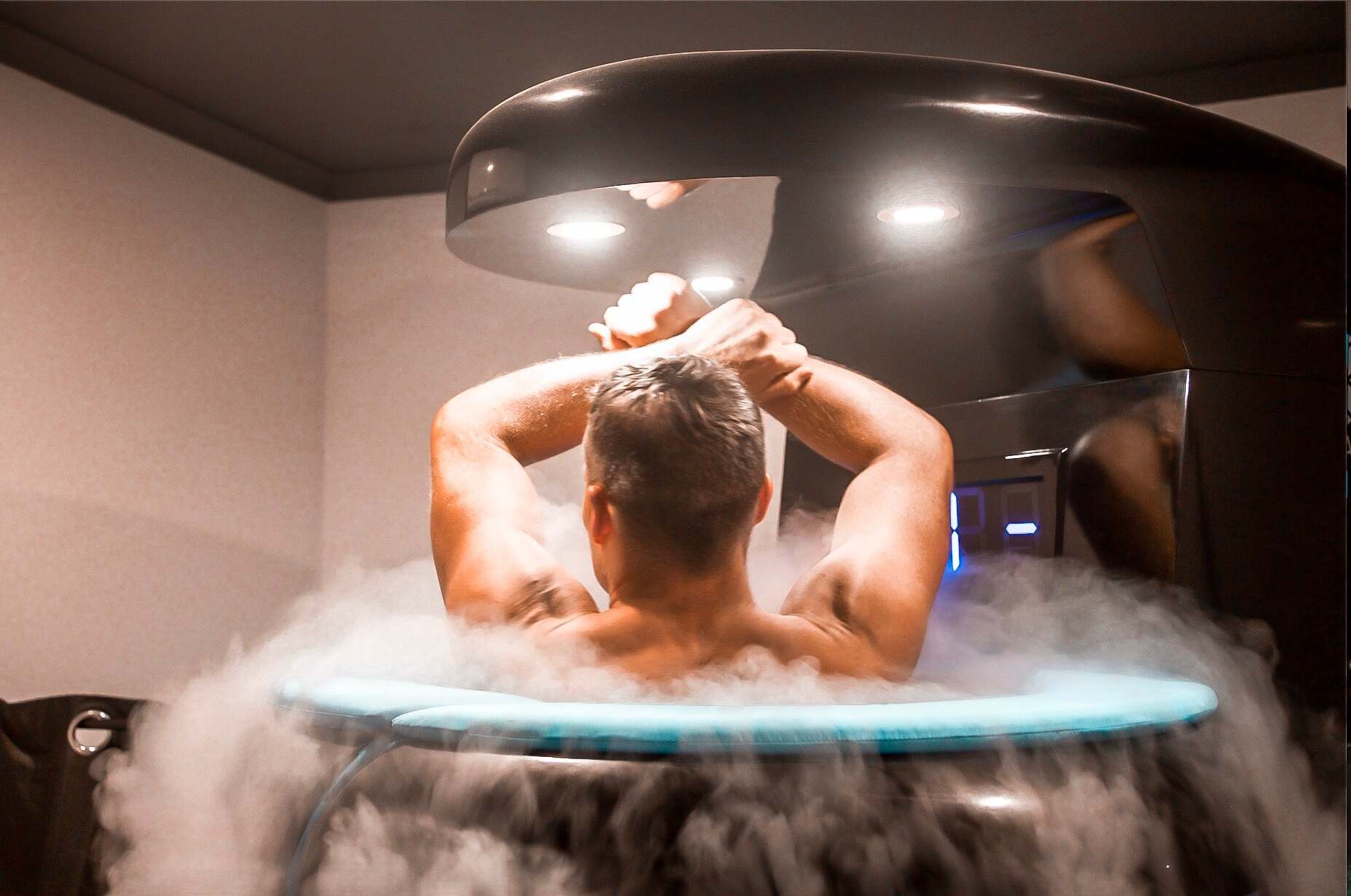
Actinic keratosis is a common skin condition caused by prolonged exposure to the sun's ultraviolet rays. These rough, scaly patches often appear on areas like the face, ears, neck, scalp, chest, backs of hands, forearms, or lips. Why should you care about actinic keratosis? Because if left untreated, it can sometimes develop into skin cancer. Knowing the facts about this condition can help you recognize the signs early and seek appropriate treatment. In this blog post, we'll cover 40 essential facts about actinic keratosis, from causes and symptoms to prevention and treatment options. Stay informed and protect your skin!
What is Actinic Keratosis?
Actinic Keratosis (AK) is a skin condition caused by long-term exposure to ultraviolet (UV) rays. It often appears as rough, scaly patches on sun-exposed areas like the face, ears, neck, scalp, chest, hands, forearms, or lips. Understanding AK is crucial for early detection and treatment.
-
Actinic Keratosis is also known as solar keratosis. This name highlights its primary cause: prolonged sun exposure.
-
AK is considered a precancerous condition. If left untreated, it can develop into squamous cell carcinoma, a type of skin cancer.
-
The condition is most common in fair-skinned individuals. People with lighter skin have less melanin, which offers some protection against UV rays.
-
Older adults are more susceptible to AK. Years of sun exposure accumulate, increasing the risk as people age.
-
AK lesions can be pink, red, or brown. They often have a rough texture, making them noticeable to the touch.
-
The lesions can be flat or slightly raised. They might feel like sandpaper or a small patch of dry skin.
-
Actinic Keratosis can be itchy or tender. Some people experience a burning sensation in the affected area.
-
The condition is more common in men. Men typically spend more time outdoors and are less likely to use sun protection.
-
AK can appear on the lips, known as actinic cheilitis. This form of AK can cause the lips to become dry, cracked, and scaly.
-
People with a history of sunburns are at higher risk. Severe sunburns, especially during childhood, increase the likelihood of developing AK.
Causes and Risk Factors
Understanding the causes and risk factors of Actinic Keratosis can help in prevention and early detection. Here are some key points to consider.
-
Chronic sun exposure is the primary cause of AK. UV rays from the sun damage the skin over time, leading to the formation of AK.
-
Tanning beds also increase the risk of AK. Artificial UV radiation from tanning beds can be just as harmful as natural sunlight.
-
Immunosuppressed individuals are more prone to AK. People with weakened immune systems, such as organ transplant recipients, have a higher risk.
-
Genetic factors can play a role. Some people may be genetically predisposed to developing AK.
-
Certain medications can increase sensitivity to UV rays. Drugs like antibiotics and diuretics can make the skin more vulnerable to sun damage.
-
Living in sunny climates increases the risk. People residing in areas with high sun exposure are more likely to develop AK.
-
Occupational exposure to UV rays is a risk factor. Jobs that require long hours outdoors, such as farming or construction, can lead to AK.
-
Having a history of skin cancer increases the risk. Individuals who have had skin cancer are more likely to develop AK.
-
Frequent outdoor activities without sun protection contribute to AK. Activities like gardening, hiking, or sports can increase exposure to UV rays.
-
Using sunscreen can significantly reduce the risk of AK. Regular application of sunscreen helps protect the skin from harmful UV rays.
Symptoms and Diagnosis
Recognizing the symptoms and understanding the diagnostic process for Actinic Keratosis is essential for timely treatment.
-
AK lesions often appear on sun-exposed areas. The face, ears, neck, scalp, chest, hands, and forearms are common sites.
-
The lesions can vary in size. They may be as small as a pinhead or as large as a coin.
-
AK can cause a prickling or burning sensation. Some people experience discomfort in the affected area.
-
The skin around AK lesions may appear red or inflamed. This can make the lesions more noticeable.
-
A dermatologist can diagnose AK through a visual examination. They may use a magnifying device to get a closer look at the lesions.
-
A skin biopsy may be performed to confirm the diagnosis. This involves removing a small sample of the lesion for laboratory analysis.
-
Dermatoscopy is a tool used to examine AK lesions. It provides a detailed view of the skin's surface, helping in diagnosis.
-
Early detection of AK is crucial for effective treatment. Regular skin checks can help identify lesions before they progress.
-
Self-examination can aid in early detection. Checking your skin regularly for new or changing lesions is important.
-
Photodynamic therapy (PDT) is a treatment option for AK. It involves applying a photosensitizing agent to the skin and exposing it to light.
Treatment and Prevention
Effective treatment and preventive measures can help manage Actinic Keratosis and reduce the risk of progression to skin cancer.
-
Cryotherapy is a common treatment for AK. This involves freezing the lesions with liquid nitrogen to destroy abnormal cells.
-
Topical treatments can be used to treat AK. Medications like 5-fluorouracil and imiquimod are applied directly to the lesions.
-
Laser therapy is another treatment option. It uses focused light to remove AK lesions.
-
Chemical peels can help treat AK. This involves applying a chemical solution to the skin to remove damaged layers.
-
Regular skin checks by a dermatologist are important. They can monitor existing lesions and identify new ones early.
-
Wearing protective clothing can reduce sun exposure. Hats, long sleeves, and sunglasses can help protect the skin.
-
Avoiding peak sun hours can minimize UV exposure. The sun's rays are strongest between 10 a.m. and 4 p.m.
-
Using broad-spectrum sunscreen is essential. It protects against both UVA and UVB rays.
-
Reapplying sunscreen every two hours is recommended. More frequent application is needed if swimming or sweating.
-
Seeking shade can help protect the skin. Staying under umbrellas, trees, or shelters can reduce direct sun exposure.
Final Thoughts on Actinic Keratosis
Actinic keratosis (AK) is more than just a skin issue. It's a warning sign that your skin has had too much sun exposure. These rough, scaly patches can turn into skin cancer if ignored. Early detection and treatment are key. Regular skin checks, using sunscreen, and wearing protective clothing can help prevent AK. If you notice any suspicious spots, see a dermatologist right away. Treatments like cryotherapy, topical medications, and photodynamic therapy can effectively manage AK. Staying informed and proactive about your skin health can make a big difference. Remember, your skin is your body's largest organ, so take good care of it. Stay safe in the sun and keep an eye on your skin for any changes.
Was this page helpful?
Our commitment to delivering trustworthy and engaging content is at the heart of what we do. Each fact on our site is contributed by real users like you, bringing a wealth of diverse insights and information. To ensure the highest standards of accuracy and reliability, our dedicated editors meticulously review each submission. This process guarantees that the facts we share are not only fascinating but also credible. Trust in our commitment to quality and authenticity as you explore and learn with us.


